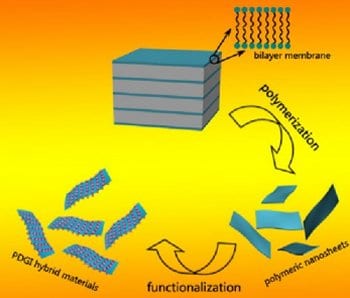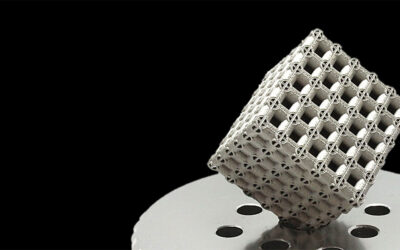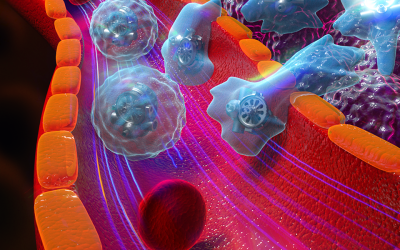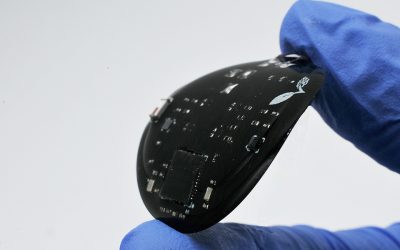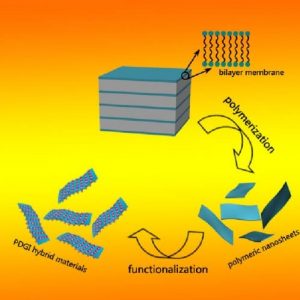 Inspired by the fascinating one-atom-thick structure and amazing properties of graphene, considerable attention has been paid to the fabrication of graphene-like two-dimensional (2D) nanomaterials. In the past several years, fabrication of inorganic nanosheets, especially inorganic nanosheets with intrinsically layered crystal structures of their bulk counterparts, have been extensively investigated. A large number of inorganic nanosheets such as MoS2, BN, NbSe, and Bi2Te3, etc. have been reported. In contrast to inorganic nanosheets with finite composition and types, organic nanosheets could provide much wider ways for tailoring structure and chemical functionality that complement graphene. However, the rational design and controlled synthesis of organic nanosheets is still underdeveloped and greatly challenging due to the lack of effective strategies.
Inspired by the fascinating one-atom-thick structure and amazing properties of graphene, considerable attention has been paid to the fabrication of graphene-like two-dimensional (2D) nanomaterials. In the past several years, fabrication of inorganic nanosheets, especially inorganic nanosheets with intrinsically layered crystal structures of their bulk counterparts, have been extensively investigated. A large number of inorganic nanosheets such as MoS2, BN, NbSe, and Bi2Te3, etc. have been reported. In contrast to inorganic nanosheets with finite composition and types, organic nanosheets could provide much wider ways for tailoring structure and chemical functionality that complement graphene. However, the rational design and controlled synthesis of organic nanosheets is still underdeveloped and greatly challenging due to the lack of effective strategies.
Jian Jin and coworkers (Suzhou Institute of Nano-Tech and Nano-Bionics SINANO, Chinese Academy of Sciences, China) now report a facile method to synthesize single-bilayer-thick polymeric nanosheets through spatially confined polymerization of lamellar bilayer membranes. Derived from lipid bilayers, lamellar bilayer membranes are typical 2D sheet structure assembled by two-layer artificial amphiphiles with a head-to-head arrangement. As a special case, an iridescent solution could be formed from some kind of amphiphiles where lamellar bilayer membranes are separated uniformly by water with equal distances to give an ordered sandwich structure of lamellar bilayer membranes/water/lamellar bilayer membranes/water. In this solution, the degree to which the bilayer membrane is confined to two dimensions is high and the fluidity of bilayer membrane is rather low as compared to general lamellar solution. By employing a covalent polymerization on the lamellar bilayer membranes in situ, polymeric nanosheets consisting of a single-bilayer-membrane are obtained. The polymeric nanosheets are as thin as 4.2 nm and with large area (>100 μm2). Moreover, by introducing the reactions on the outer surfaces of the polymeric nanosheets, post-functionalization of nanomaterials on the polymeric nanosheets are possible.
This technique provides a promising 2D platform for producing advanced hybrid materials.

